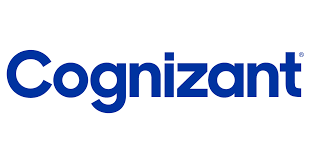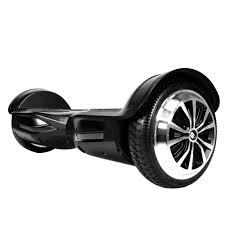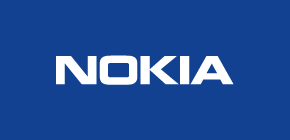Transforming India’s Digital Landscape- Success Story of Cognizant
A while back Cognizant went ahead of Infosys to become the second-largest IT company in India. It was an iconic milestone wherein a pioneer gave to a young contender, the baton for the future. The man steering this rise of Cognizant was a boyish-looking, exuberant 44-year-old by the name Francisco D’Souza. Here’s a look at how the mild-mannered D’Souza has energized and uplifted the technology company to even greater heights.
About the Disruptor
Francisco D’Souza was born in 1968 in Kenya to Placido D’Souza, an IFS officer and Sushila. Most of his childhood was spent shuttling between countries and D’Souza has lived in over 11 countries. He graduated from the University of East Asia Macau with a degree in Business Administration. He followed this up with an MBA from Carnegie Mellon.
After graduating, D’Souza joined Dun & Bradstreet in 1992, as a management associate. Cognizant started as an experiment two years later within Dun & Bradstreet. Francisco led this experiment, which later turned into a full-on, in-house project. From 1996, D’Souza held various positions in Cognizant and joined the Board of Directors in 2007. Six years later, Francisco joined General Electric, becoming the youngest member on their board. In 2018, he became the Vice-Chairman of the Board at Cognizant.
Founding Cognizant
Cognizant began as an in-house unit of Dun & Bradstreet in 1994. The company started catering to the needs of external clients in 1996 and went public two years later. Cognizant was one of the fastest-growing companies in the early 2000s and became a Fortune 500 member in 2011.
Initially, it was set-up to help Dun & Bradstreet manage large-scale IT projects. Two years after its creation, Dun & Bradstreet merged Erisco, IMS International, Nielsen Media Research, Strategic Technologies and DBSS, to form Cognizant Corporation. The same year, the company changed its name to Cognizant Technology Solutions. In 1997, Dun & Bradstreet acquired 24% shares of DBSS for $3.4 million. A year later, the company moved its headquarters with Kumar Mahadeva serving as the CEO.
Early Days
The same year Cognizant Corporation, split into IMS Health and Nielsen Media Research, with the technology wing becoming a part of IMS Health. In June the same year, IMS Health went public with Cognizant stock raising $34 million. Kumar Mahadeva focused on applications management, and the company grew under his leadership.
In 2002, Cognizant brought in over $229 million, with zero debt. In 2003, IMS Health sold their 56% stakes to prevent hostile takeovers and Lakshmi Narayanan replaced Kumar Mahadeva as CEO. Gradually, the company expanded and ventured into the fields of business process outsourcing and consulting. Finally, in 2006, D’Souza took over CEO from Lakshmi Narayanan. The company then grew exponentially, becoming a part of Fortune’s 100 Fastest-Growing Companies list from 2003 to 2012.
Growth and Success
In 2014, Cognizant acquired TriZetto which specialises in healthcare IT services for $2.7 billion. Owing to this stellar buy, the shares of Cognizant rose by over 3% on that day. A year later, they signed up with Escorts Group in India to help them transform their business segments. The same year, they partnered with NTUC FairPrice to help them revolutionise their business.
Currently, Cognizant employs over 280,900 people globally, with more than 150,000 based in India. The company has centres in main cities such as in Bangalore, Chennai, Noida, Hyderabad, Kochi, Mangalore and Mumbai. Globally, they have centres in Spain, China, Canada, Mexico, Argentina and Brazil. Under D’Souza their revenue increased from $1.42 billion in 2006 to $16.1 billion in 2018. It will be interesting to see how Cognizant utilises its presence to further change the digital landscape in India.

Being a cinephile with a love for all things outdoorsy, Athulya never misses a chance to chase inspiring stories or poke fun at things, even when the subject is herself. Currently pursuing a degree in mechanical engineering, she is someone innately interested in technical and scientific research. Music reviews and op-eds define her as they allow her to explore different perspectives. Though sometimes she thinks she makes more sense playing the guitar than she does while writing.






